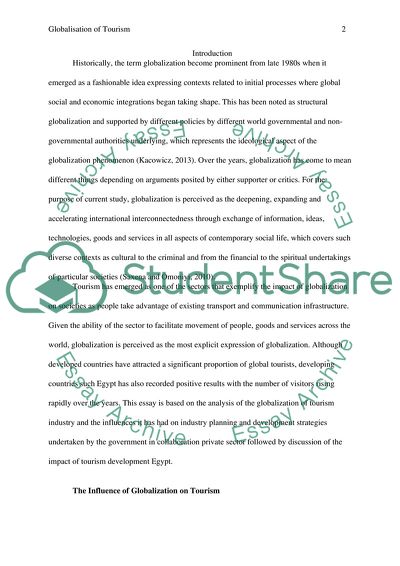Cite this document
(Globalization of Tourism Coursework Example | Topics and Well Written Essays - 3500 words, n.d.)
Globalization of Tourism Coursework Example | Topics and Well Written Essays - 3500 words. https://studentshare.org/tourism/1842209-globalisation-of-tourism
Globalization of Tourism Coursework Example | Topics and Well Written Essays - 3500 words. https://studentshare.org/tourism/1842209-globalisation-of-tourism
(Globalization of Tourism Coursework Example | Topics and Well Written Essays - 3500 Words)
Globalization of Tourism Coursework Example | Topics and Well Written Essays - 3500 Words. https://studentshare.org/tourism/1842209-globalisation-of-tourism.
Globalization of Tourism Coursework Example | Topics and Well Written Essays - 3500 Words. https://studentshare.org/tourism/1842209-globalisation-of-tourism.
“Globalization of Tourism Coursework Example | Topics and Well Written Essays - 3500 Words”. https://studentshare.org/tourism/1842209-globalisation-of-tourism.


